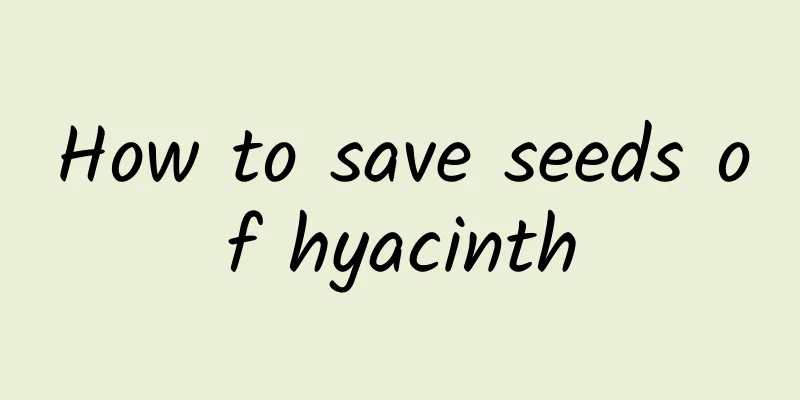Winter Tomato Planting Techniques

|
Tomatoes, also known as tomatoes , are grown in all parts of China. Winter tomatoes are best grown in a greenhouse or shed to provide a warm growing environment to ensure their yield and quality. Below, the editor will introduce the winter tomato planting technology , let’s take a look. 1. Variety selection When planting tomatoes in winter, you must first choose varieties that are suitable for winter growth. Varieties with stronger cold resistance are more suitable for winter planting. These varieties include cherry tomatoes , cherry tomatoes , yellow cherry tomatoes, etc. When choosing varieties, it is necessary to fully consider local climate conditions, soil type and other factors to ensure that tomatoes can grow smoothly. 2. Temperature management Tomato is a thermophilic crop, and its optimum growth temperature is 18-24 degrees. In winter, due to the low temperature, a series of measures need to be taken to increase and maintain the temperature in the greenhouse. For example, greenhouses or sheds can be used for planting, and insulation materials such as foam boxes and electric blankets can be used to increase the indoor temperature. At the same time, it is necessary to strengthen air vent management and control the temperature in the greenhouse through reasonable ventilation to avoid adverse effects of high or low temperatures on tomato growth. 3. Sowing and seedling raising After preparing the soil and fertilizer, you can start sowing. Before sowing, soak the seeds in warm water to allow them to fully absorb water and swell. Then, spread the seeds evenly on the soil surface and cover them with a thin layer of soil. After sowing, keep the soil moist and avoid drying out. After about 7-10 days, the seedlings will break through the soil. At this time, weak seedlings, diseased seedlings and insect-infested seedlings should be removed in time to ensure the rational distribution of nutrients. 4. Moisture management Tomatoes require less water in winter, but the soil should be kept moist. Generally, watering once a week is sufficient. More than half of the smart multi-span greenhouses use integrated water and fertilizer machines, which water the greenhouses at regular intervals and on sunny days. 5. Fertilizer management Tomatoes require less fertilizer in winter, but they should still be fertilized appropriately. Generally, top dressing is done about one month after planting, and then every 10-15 days. Apply fertilizer in time during the fruit expansion period. When the first tomato fruit grows to the size of an egg, apply the first fertilizer and combine it with foliar fertilizer. After the first bunch of fruits is harvested, apply fertilizer for the second time. 6. Pest and disease control In winter, tomatoes are susceptible to diseases and pests such as gray mold and viral diseases. Therefore, it is necessary to strengthen pest and disease control. Biological control methods can be used, such as releasing natural enemies such as ladybugs and centipedes to control pests. Chemical pesticides can also be used for prevention and control, but care must be taken to use them correctly according to the instructions to avoid harm to the environment and human health. At the same time, the humidity in the greenhouse should be lowered to reduce the occurrence of diseases and pests. The above is an introduction to winter tomato planting techniques. When planting tomatoes in winter, you should choose varieties with strong cold resistance. At the same time, you should also consider local climate conditions, soil types and other factors to choose the most suitable varieties for planting.
|
<<: Camellia cultivation methods and precautions
>>: Osmanthus tree cultivation methods and precautions
Recommend
How to prune yellow peach trees
When to prune peach trees There are two types of ...
What fertilizer is best for Chinese evergreen
1. Base fertilizer To apply base fertilizer to Ch...
How to grow fern
1. Maintenance methods 1. Temperature: The pod fe...
The reason why Monstera leaves turn yellow
1. Unsuitable soil Reason: The basis for the grow...
Advantages and disadvantages of Safi Angel Rose
The Saffy Angel rose is a rose launched by Japane...
How to prune tiger jasmine
When to prune tiger jasmine There is no specific ...
A complete guide to the reproduction and pest and disease control of spring taro, turning one pot into 10 pots!
Propagation of Spring Taro Reproduction method: T...
How to grow cotton willow
1. Breeding environment 1. Soil: Cotton willow ha...
How long is the growing period of peanuts?
How long is the growing period of peanuts? The gr...
Where is chrysanthemum suitable for growing?
Chrysanthemum growth habits Chrysanthemums grow i...
Coriander planting method and time fast germination planting process
Which month is suitable for planting coriander? A...
Others throw flowers, my wife picks them up, and I am convinced that they have grown to the point where the pot is full.
Phalaenopsis Phalaenopsis is absolutely beautiful...
How to cultivate Chinese gray wood
1. Soil The Chinese gray lily likes loose, fertil...
How to winterize a magic wand
1. Move indoors The safest way to get through the...
Weigela cultivation methods and precautions
How to grow Weigela Soil selection Weigela is not...









